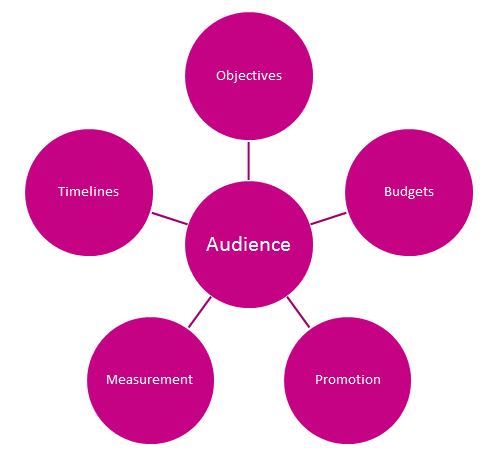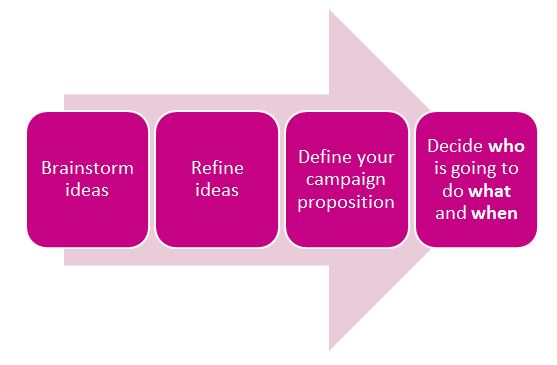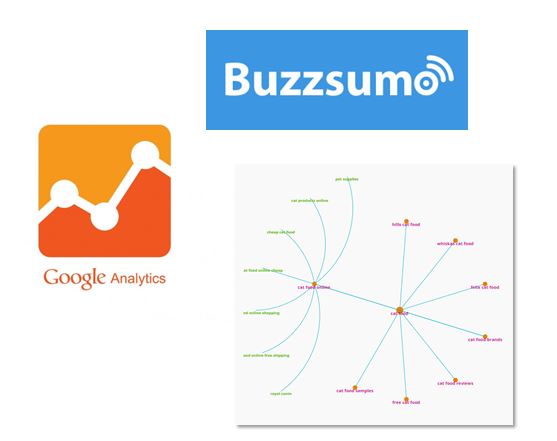How to Plan a Winning Digital Marketing Campaign - Webinar
Earlier today (Wednesday 29 July 2015), I took part in a webinar with Steve Rayson from content marketing tool Buzzsumo titled ‘How to Create Heavyweight Content Marketing Campaigns’. In case you missed it, or alternatively have discovered this post at some point in the future, here’s a summary of what we discussed and how you can use the advice to plan winning campaigns time after time.
Find a copy of the presentation slides and an audio recording of the webinar below.
Although the title of our webinar mentions ‘content marketing’, the principles I presented apply to any form of digital marketing campaign.
Check out the presentation to learn about the following:
- Different types of campaign planning
- Key campaign planning elements
- Different phases of campaign planning
- Campaign planning tools
Types of campaign planning
There are two broad types of campaign planning – solo and team planning.
Solo planning
Solo is the way to go if you need to plan something quickly and easily or simply don’t have the right people to hand to help you. It’s great because you can do it anywhere, but it doesn’t offer the same benefits as…
Team planning
They say 'two heads are better than one', but it could be argued that in some cases 'the more heads, the better'. Planning a campaign as a team allows you to get lots of input and ideas from a wide variety of perspectives.
Make sure you select people with different skills (analytical, creative, etc.) and also consider including people from outside your business if appropriate, as they may have a fresh angle to offer.
Key campaign planning elements
Whether you’re planning on your own or with a team, there are some fundamental elements you need to always consider as part of the whole process. With these in place, your campaign will have a much greater chance of success.

The key campaign planning elements are:
- Audience– Focus on who you need to target with your campaign. What is the search intent they have and where would you find these people online?
- Objectives – What do you want the campaign to do? This could be to drive sales or traffic to your website, increase email sign-ups or maybe generate content from your users
- Timelines – It’s useful to have an idea of what these are, so you can plan accordingly. If timelines are tight then you may need to keep things simple
- Budgets – Again, it's really useful to know what sort of budget you have to play with. Don’t forget to consider budget for elements such as video creation or content hub building, plus any promotional budgets (such as paid social media advertising or PPC)
- Mechanics – How will you bring the campaign to life? Will it be a competition, survey or content hub? Maybe there is a newsworthy angle to use?
- Promotion – Think about all of the potential ways in which the campaign could be promoted, including social media, email, digital PR, biddable media, and a whole host of other inbound marketing tactics
- Measurement – Based on your objectives, how are you going to measure the results of the campaign? We use measurement plans that specify objectives, KPIs and metrics so that we know exactly what to measure before the campaign even goes live
It’s important that everyone involved in the campaign process is fully aware of all the above, so that planning is effective and focused.
Campaign planning phases
You’ve learnt what the essential elements are to consider, now it’s time to see what the campaign planning process is.

1. Initial brainstorm
This typically kicks-off with an initial brainstorm – a session that takes a brief and aims to generate a large volume of ideas. It’s important that everyone involved in the brainstorm is clear on the key planning elements as discussed above. And don’t stifle creativity by analysing the ideas in this session – this is done at the next stage.
2. Refinement of ideas
Working in a smaller group (usually two or three people), this stage is all about taking the ideas form the brainstorm session and choosing your winning idea (or ideas). It’s again worth sense-checking back to your key campaign planning elements to ensure you’re choosing ideas that fit with your audience, objective, budgets etc.
3. Developing a campaign proposition
Once you’ve confirmed your winning campaign idea, this crucial phase is where you define exactly what it is about your campaign that your audience will engage with. By doing this, you will be able to see how to define elements such as messaging and calls to action.
4. Building out a campaign plan
This is the final stage (before the campaign goes live) and is where you put together the physical plan for the campaign. Key considerations are:
- What tasks/activities are required?
- Who will be doing these?
- When will this be done (timeline with deadlines)?
- How will you report on results (in relation to your measurement plan)?
Your campaign plan itself can be created in your favourite project management software or platform, for example Trello, or in a simple and visual Gantt chart.
Campaign planning tools
The final cherry on the campaign planning cake is a small collection of tools that can help you create really good campaigns.

There are thousands of tools you can use to assist you at each stage of campaign planning, so here are just a few ideas of ones that we use at Fresh Egg regularly:
Lucidchart
Lucidchart has some great features for planning, including the ability to quickly draw out visual mind maps to help show how a campaign can come together. You can also use it to create wireframes for your campaign pages.
Google Analytics
Having Google Analytics as part of your website offers a wealth of data to help build your campaigns. For example, you can analyse what the most popular content is in relation to a specific subject area or even examine what users are typing into your site search. All of this then helps to show potential campaign focus areas.
Searchintent.co.uk
Searchintent.co.uk, created by Fresh Egg head of innovation Dr David Sewell, allows you to search by a particular area of focus to see the related topics users are searching for on Google and Bing. This offers a host of information that can be used to help you decide what content should be included to match the search intent of your users.
Buzzsumo
Last but not least is Buzzsumo, our co-hosts for the webinar. This extensive content marketing platform offers a number of features to help you create excellent campaigns, including:
- Top content – Searching for keywords or entering a specific website domain shows what the most popular socially shared content is on that topic or from that domain
- Domain comparison report – Enter two different domains to compare various aspects of their content and spot opportunities, especially in relation to the sort of content that could be created or the platforms it can be promoted on
- Influencer search – This search feature allows you to find the key influencers either to involve in the creation of your content or to engage with to help promote it
- Trending topics – A useful feature if you’re able to create reactive campaigns. Use it to see what the trending topics are, almost in real-time, then create content to match what’s popular
Becoming a campaign planning master
Armed with the information above, you should now be able to plan (and execute) some really solid campaigns. Make sure you sign up to our newsletter (via the box at the top-right on our blog) or follow us on Twitter to be kept up-to-date with more advice on all aspects of digital marketing.
To find out more about how Fresh Egg can help you plan, manage and execute some great digital marketing campaigns, get in touch with us today.